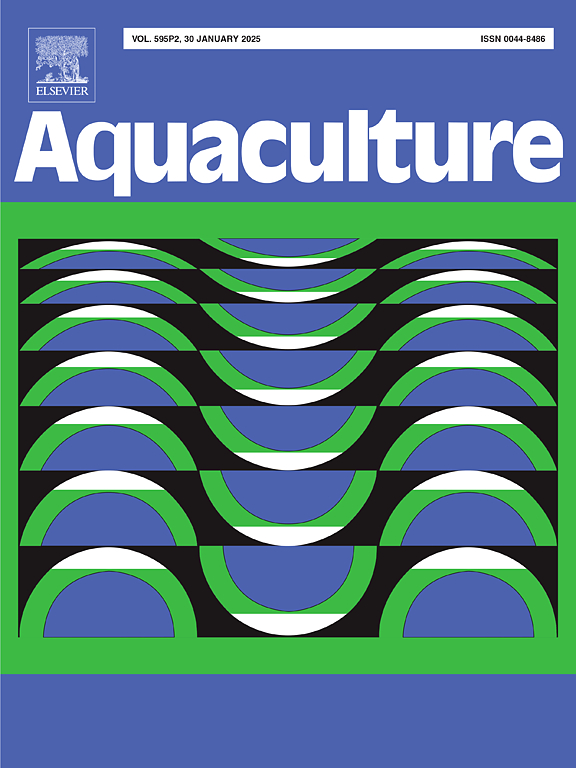Molecular mechanisms of green LED-accelerated wound healing in olive flounder (Paralichthys olivaceus)
IF 3.9
1区 农林科学
Q1 FISHERIES
引用次数: 0
Abstract
Skin injuries of aquatic animals are common and often cause serious problems as a damaged barrier cannot maintain osmotic balance and homeostasis. A few studies have reported that particular wavelengths green light can promote wound healing in mammals and fish. However, Although Light emitting diode (LED) illumination has been applied to cure skin wound in mammals, little is known about wound healing responses in fish. The purposes of this study, therefore, were to understand healing process of skin wound of fish exposed to green LED using transcriptional data. Sixty skin-wounded olive flounder in each group were exposed to ambient, white LED (400–700 nm), blue LED (465 nm), and green LED (520 nm) light in 12-h light/ dark cycles for 28 days. Fish were observed at 28 days post injuries (dpi) to examine for wound closure. For transcriptome analysis, fish in ambient, white LED, and green LED groups were sacrificed to obtain tissue samples from the wounded area at 3 and 7 dpi. As a result, there were no significant differences between groups in survival rate for a month. However, the size of wounds of fish in the green light exposed-group was significantly reduced followed by white and blue LED groups, and ambient light group. Fish in the green LED group showed up-regulation of many genes involved in electron transfer systems and ATP/ROS production in fish. This indicates that green LED photons might be absorbed as energy in cells in the fish skin including chromophores. Those factors further activate signal pathways such as JAK/STAT, FoxO and MAPK to transmit signals to cell division and stimulating various growth factors, which are necessary for accelerating wound healing. This study demonstrates that the illumination of green LED can accelerate wound healing and will contribute to a better understanding of phototherapy and healing mechanism in fish.
求助全文
约1分钟内获得全文
求助全文
来源期刊

Aquaculture
农林科学-海洋与淡水生物学
CiteScore
8.60
自引率
17.80%
发文量
1246
审稿时长
56 days
期刊介绍:
Aquaculture is an international journal for the exploration, improvement and management of all freshwater and marine food resources. It publishes novel and innovative research of world-wide interest on farming of aquatic organisms, which includes finfish, mollusks, crustaceans and aquatic plants for human consumption. Research on ornamentals is not a focus of the Journal. Aquaculture only publishes papers with a clear relevance to improving aquaculture practices or a potential application.
 求助内容:
求助内容: 应助结果提醒方式:
应助结果提醒方式:


